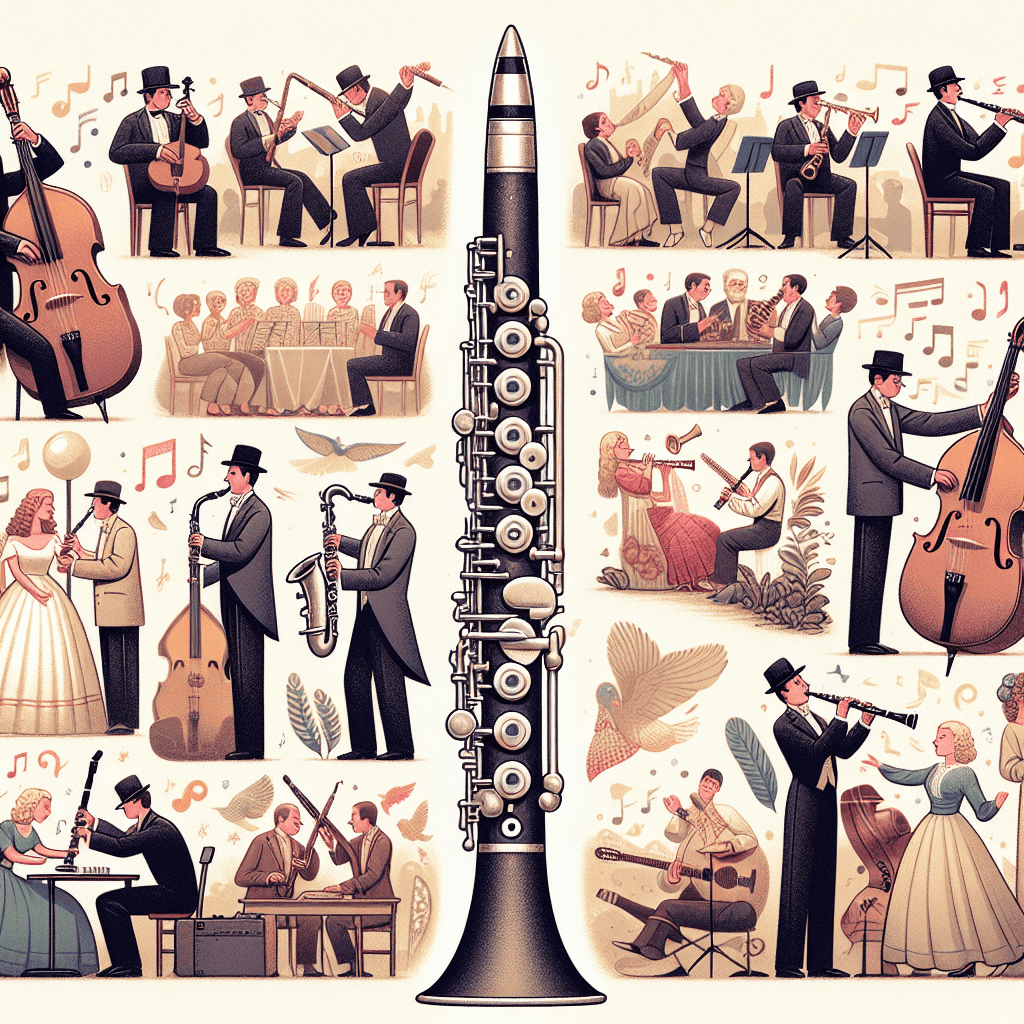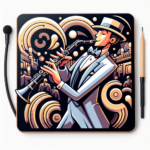When we think about the clarinet, our minds often drift to classical pieces or lively swing jazz. But have you considered the clarinet's role in experimental jazz? Let's explore some fascinating aspects of the clarinet in experimental jazz and uncover innovative techniques that can enhance your musical experience.
Experimental jazz pushes boundaries and challenges traditional norms. Artists in this genre stretch their instruments' capabilities to create unexpected and sometimes otherworldly sounds. The clarinet, with its diverse tonal range and expressive potential, fits perfectly into this creative space.
Extended Techniques for the Adventurous Clarinetist
One of the most exciting aspects of experimental jazz is the use of extended techniques. Musicians like Martin Freres often discover new ways to produce sounds, expanding what their clarinets can do. Two key techniques are:
| Technique | Description |
|---|---|
| Multiphonics | Producing more than one note simultaneously |
| Flutter-tonguing | Creating a rapid, trembling effect |
The Influence of Electronic Integration
Electronic music and jazz have a rich history together. Adding electronics to clarinet performances creates endless possibilities. Clarinetists use various tools to create complex soundscapes:
- Loop pedals for layering phrases
- Effect pedals for distortion or delay
- Digital processors for real-time sound manipulation
Innovative Compositions and Avant-garde Pieces
Experimental jazz often features unconventional compositions that break away from traditional structures. Instead of following standard song forms, these pieces might include:
- Free-form improvisation
- Metric modulation
- Complex polyrhythms
Some compositions may not have a clear melody, focusing instead on texture and interplay between instruments. Clarinetists in this genre must be skilled at listening and responding naturally to their fellow musicians.
The Role of Clarinet Brands like Martin Freres
Quality brands like Martin Freres play a significant role in experimental jazz. These instruments are made with great care, offering the versatility and precise control needed in this genre. Martin Freres clarinets provide excellent sound quality and reliability, which is crucial for musicians who push their instruments to new limits.
Notable Figures and Their Contributions
Several clarinetists have made significant contributions to experimental jazz:
| Artist | Contribution |
|---|---|
| Jimmy Giuffre | Blended jazz with classical and folk elements |
| Don Byron | Known for genre-defying performances |
These musicians have shown that the clarinet can be as innovative and avant-garde as any other instrument in jazz.
Practical Tips for Clarinet Experimentation
If you're inspired to explore experimental jazz with your clarinet, here are some tips to get you started:
- Experiment with Effects: Try using electronic effects such as reverb, delay, and distortion to add new dimensions to your sound.
- Practice Extended Techniques: Spend time mastering techniques like multiphonics and flutter-tonguing. These can add unique flair to your performances.
- Improvise Freely: Don't hesitate to explore beyond traditional scales and modes. Free improvisation can lead to unexpected and creative musical ideas.
- Collaborate: Work with other musicians, especially those playing electronic or percussion instruments. Collaboration can inspire creativity and lead to new discoveries.
As you venture into experimental jazz, remember that the goal is to explore new sonic possibilities. Whether you're using a Martin Freres clarinet or another high-quality instrument, the journey into experimental jazz offers endless opportunities for exploration and creativity.







